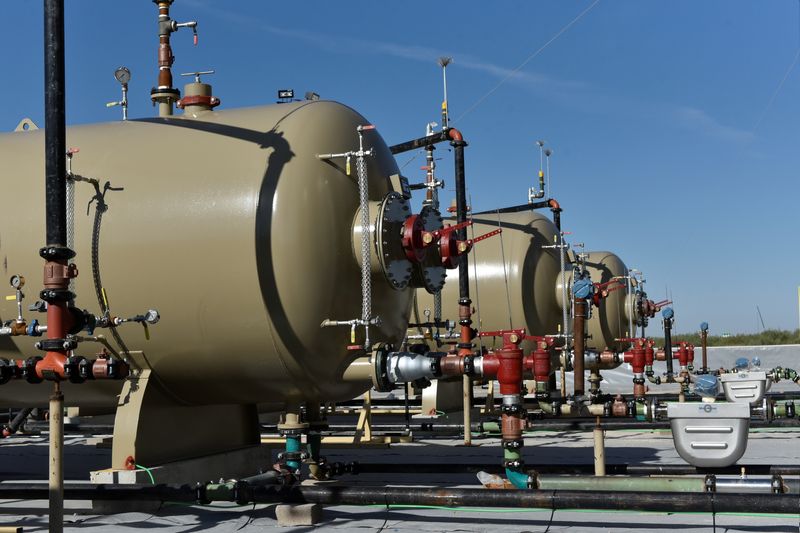By Peter Nurse
Investing.com -- Oil prices fell Tuesday on continued concerns that bearish global growth outlooks from key economic regions will weigh on the demand picture.
By 09:15 ET (13:15 GMT), U.S. crude futures traded 0.2% lower at $84.43 a barrel, while the Brent contract fell 0.3% to $90.98.
Signs of uncertain economic activity in the United States and China, the world's two biggest oil consumers, as well as the massive market of Europe, continued to weigh on prices on Tuesday.
The delayed Chinese third-quarter gross domestic product number came in considerably below the Communist Party’s own 5.5% target, weighed by its long-standing Covid-zero policy, while the October S&P Global Composite PMI release showed U.S. business activity contracting for a fourth straight month.
In Europe, around one in four German companies currently seeking new loans are struggling to access new credit, according to a survey published earlier this week by the Ifo Institute, the highest figure seen since 2017.
Goldman Sachs CEO David Solomon said on Tuesday he believes a U.S. recession is "most likely", while a recession may be occurring in Europe.
On the supply side, tightening markets for liquefied natural gas worldwide and major oil producers cutting supply have put the world in the middle of "the first truly global energy crisis," the head of the International Energy Agency said on Tuesday.
IEA Executive Director Fatih Birol said the recent decision by the Organization of the Petroleum Exporting Countries and its allies, a group known as OPEC+, to cut 2 million barrels per day of output was “risky.”
"(It is) especially risky as several economies around the world are on the brink of a recession, if that we are talking about the global recession...I found this decision really unfortunate," he said.
That said, Birol said the group’s members have “huge” oil reserves available to conduct another round of releases if needed to smooth out supply disruptions.
The latest estimate of U.S. crude oil inventories, from the American Petroleum Institute, is due later in the session, and is expected to rise this week after last week’s surprise 1.3 million barrel fall.
“Energy prices look like they will continue to fall,” said Simon White, a macro strategist at Variant Perception, a widely respected investment-advisory firm. “Commodities markets such as oil are the marginal recipients of excess liquidity (real money growth less economic growth). Weak excess liquidity indicates oil prices are likely to continue to keep dropping over the next six months.”
